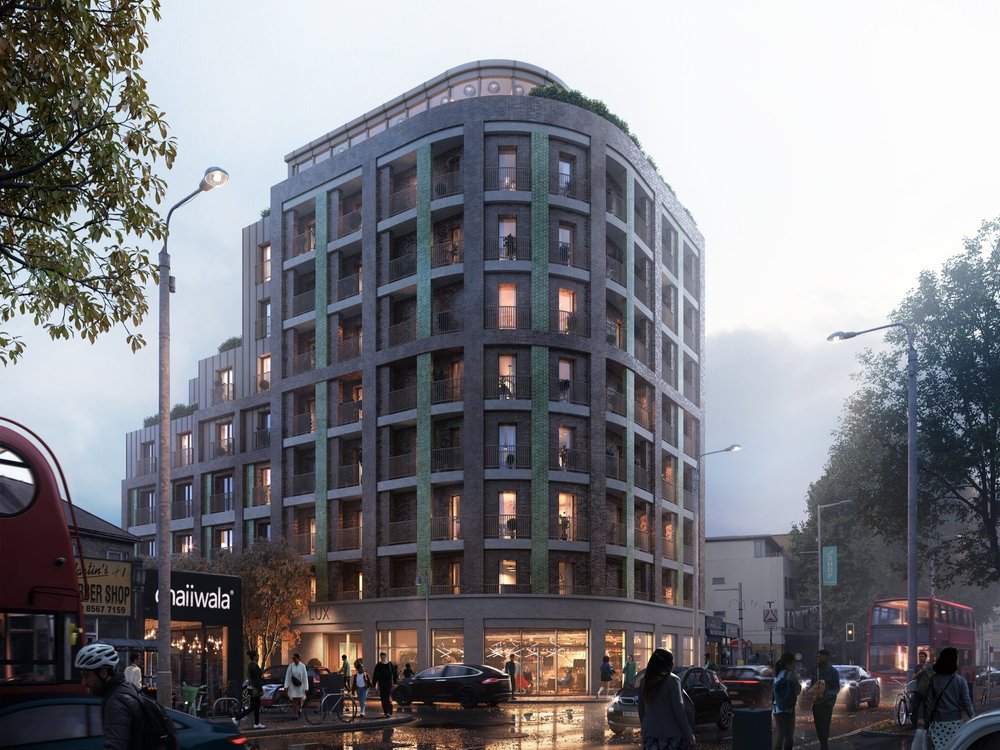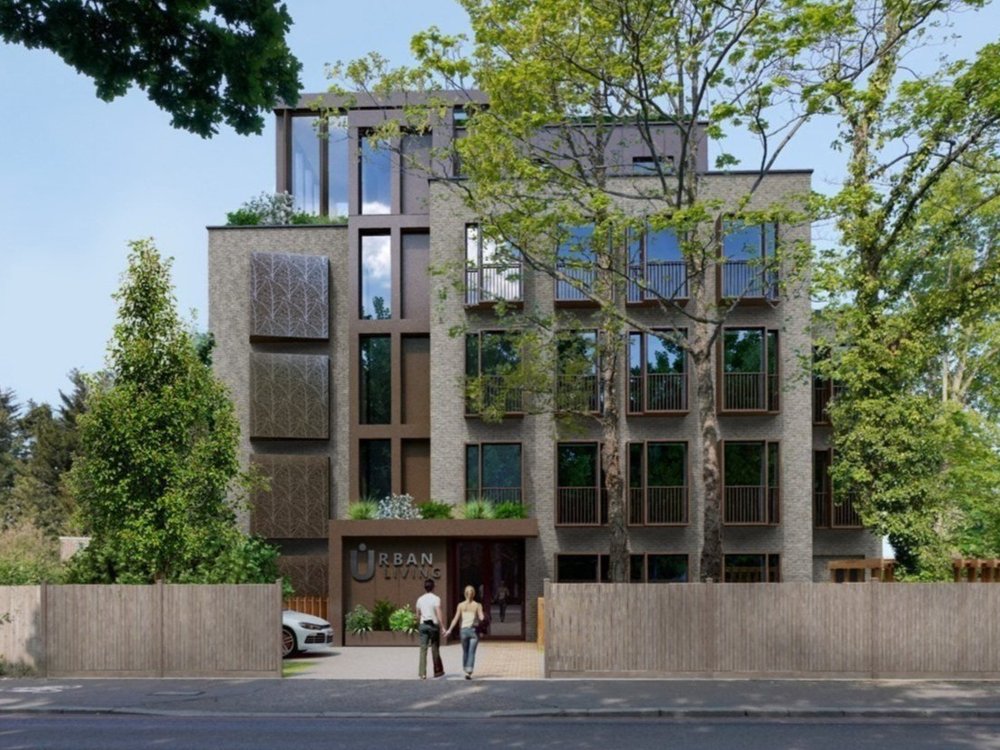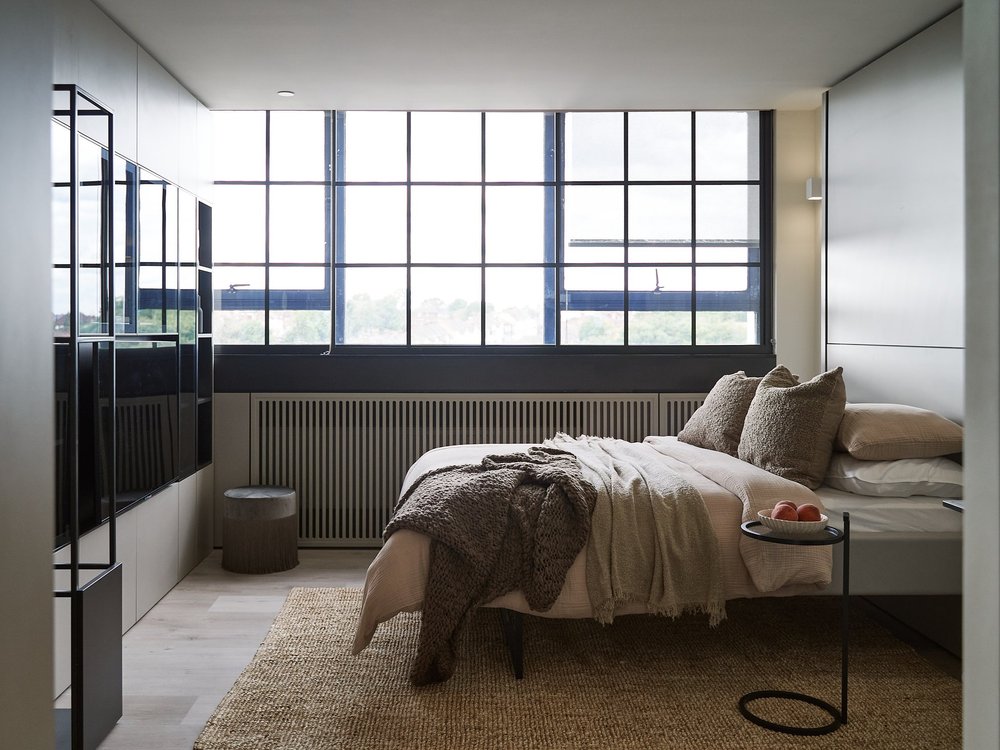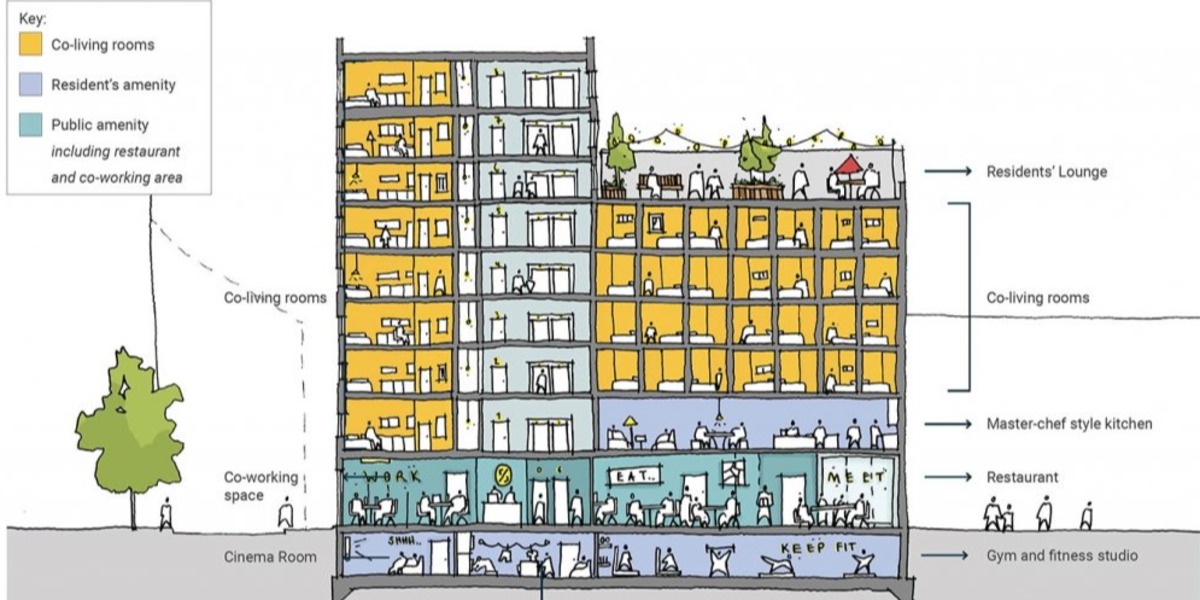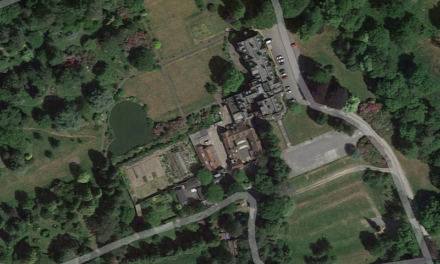Mike Lightfoot sat down with Gary Sutherland and Ben Newman of Mathew Allchurch Architects (MAA) to discuss the growing phenomenon of co-living and how it differs from similar industry segments.
“Posh PHD student accommodation,” is how Gary Sutherland describes the concept of co-living, a growing concept in rental housing.
Mr Sutherland, director at MAA, said both young and older people see the benefits of a way of living where some areas of a home are shared.
He said: “They are not the same as student halls, they are on a bigger scale so they can foster community. The tenants are mainly young professionals along with some older residents who are single and seeking a new community.”
Typically, co-living features a well-designed studio with a shower/toilet, a kitchenette and a multipurpose living area including storage, a bed and TV. The rental package is all-in and can include many amenities such as a gym, cinema and catering facilities. These are usually located centrally to the development to allow for resident engagement.
MAA worked with Dandi, the leading developer in this field, on the conversion of York House Wembley into Dandi House, a vertical village.
Mr Sutherland said: “It has a Soho House vibe. The developers, Dandi, are aiming for a result significantly above the market average.”
The studio apartments range in size from 18 sq m to 25 sq m and are let from around £1,250 per month on a minimum 12-month contract. This provides a good return over a longer period when compared to residential developments where apartments are sold. If well-designed, the studios will be future proofed with an option to convert for sale later in the product life cycle.
However, since the co-living concept is still relatively new, it is yet to be suitably designated and as far as local authorities are concerned, it falls under sui generis use class.
Mr Sutherland’s colleague Ben Newman spoke about how the planning system has not caught up with the co-living concept. Planning committees do not easily understand the plans. The GLA has issued guidelines which serve to provide a minimum standard, but Mr Newman said developments built to that level could end up looking like standard student accommodation.
The best locations for co-living are in major conurbations near to good transport and local amenities. With a higher end fit-out they can command higher rents. For occupiers they offer a good solution, especially for someone new to a city, looking for a community and an all-in rental package.
The concept has existed abroad for some time and the UK offer is a development of ideas seen in Denmark and Holland. Similar concepts can be seen in the coastal conurbations of the US.
With 8.4 million people living alone in the UK, according to the ONS (2021), and a decline in car usage for the 17-29-year-old cohort, community-based co-living offers an alternative way forward.
Providing good returns for developers in cities with a shortage of space, addressing the need to house young professionals with greater expectations and providing occupiers with an alternative to facing the challenges of home ownership, an all-in rental package offers both a new way of living and a new way of providing homes.
Some examples of this growing sector, both in London and further afield:
Thames Valley
There have been proposals for Woking Town Centre and Guildford.
West London
The are several examples in West London, Ealing and Wembley lead the way with two more planned in Kingston.
East of England
The shortage of appropriate rental housing is highlighted by Michael Gove’s recent announcement about Cambridge. The University has built some new rental accommodation in Eddington and Vertex Living has announced a new block although it may not be enough to meet the needs of young professionals in the city.
Images by permission of MAA (except Kingston Picture)
© London West (powered by ukpropertyforums.com).
Sign up to receive our weekly free journal, The Forum here.







